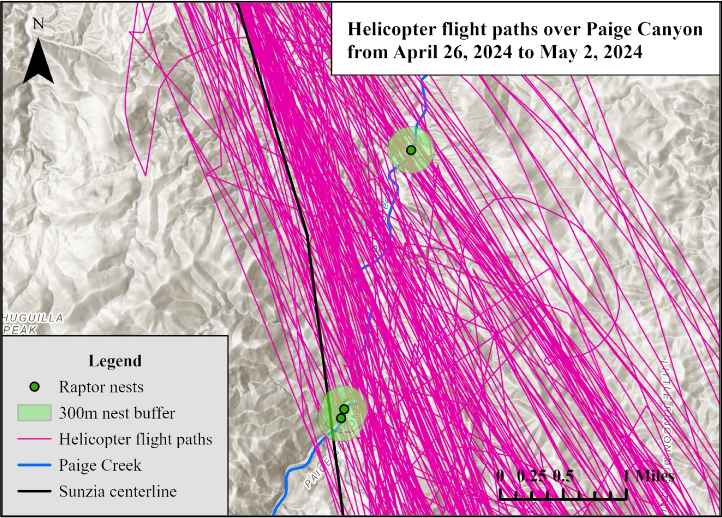Court case updates – May 28, 2025
kai2025-05-29T00:44:30+00:00Per the prior updates, the federal case that was initiated with a request for a temporary restraining order, was dismissed in a the Tucson Federal court. It sat in the 9th Circuit Court of Appeals, San Francisco since July 2024.
On May 27, 2025 the 9th Circuit Court of Appeals issued their summary.
“On the merits of the motions to dismiss, construing the complaint in Plaintiffs’ favor and considering documents incorporated into the complaint or subject to judicial notice, we determine that Plaintiffs have plausibly alleged that the Department violated the PA by failing to consult with Plaintiffs on a historic property treatment plan that would evaluate whether the Valley should be designated as a historic property. Further, because Plaintiffs have plausibly alleged that the Valley is a historic property, we must infer that a proper consultation would have resulted in the Valley being designated as such. Thus, Plaintiffs also have plausibly alleged that the Department violated the PA by authorizing construction before properly identifying all historic properties affected by the Project and ensuring that any adverse effects would be avoided, minimized, or mitigated. We therefore reverse and remand.”
In summary, the 9th Circuit appeals court unanimously sided with the plaintiffs (TO Nation, San Carlos Apache Tribe, Center for Biological Diversity, and Archaeology Southwest) and against the US Bureau of Land Management and Patter Energy. The three judges agreed that the 2024 claim (that BLM violated the National Historic Preservation Act [NHPA] and Administrative Procedures Act) was properly and timely filed. The court then remanded the case to the District Court for Arizona to hear the merits of the case.
The decision also advises the District Court, among other things, to (1) allow plaintiffs to amend the complaint, as needed, and (2) instruct BLM to assess the San Pedro Valley as a Traditional Cultural Places (TCP). Assuming all goes well as this returns to the District Court, this case should prevent federal agencies from all of the following NHPA Section 106 “shortcuts”:
- Conflating the consultations needed to execute programmatic agreements with mandatory consultations to complete essential steps in the Section 106 process.
- Limiting pre-construction investigations of cultural resources to narrowly defined or directly affected areas of potential effect.
- Ignoring landscape-scale effects of landscape-altering projects.
- Failing to consider and investigate assertions from Tribes and other consulting parties regarding the presence of TCPs.
- Issuing construction or other land-altering notices to proceed prior to the completion of critical steps in the Section 106 process, especially TCP identification and adverse effect assessment.
- Giving willfully ignorant federal officials de facto decision-making authority, then alternately hiding behind and attempting to legalize their obviously flawed decisions.
Read the full report | Read an article in the Tucson Sentinel
